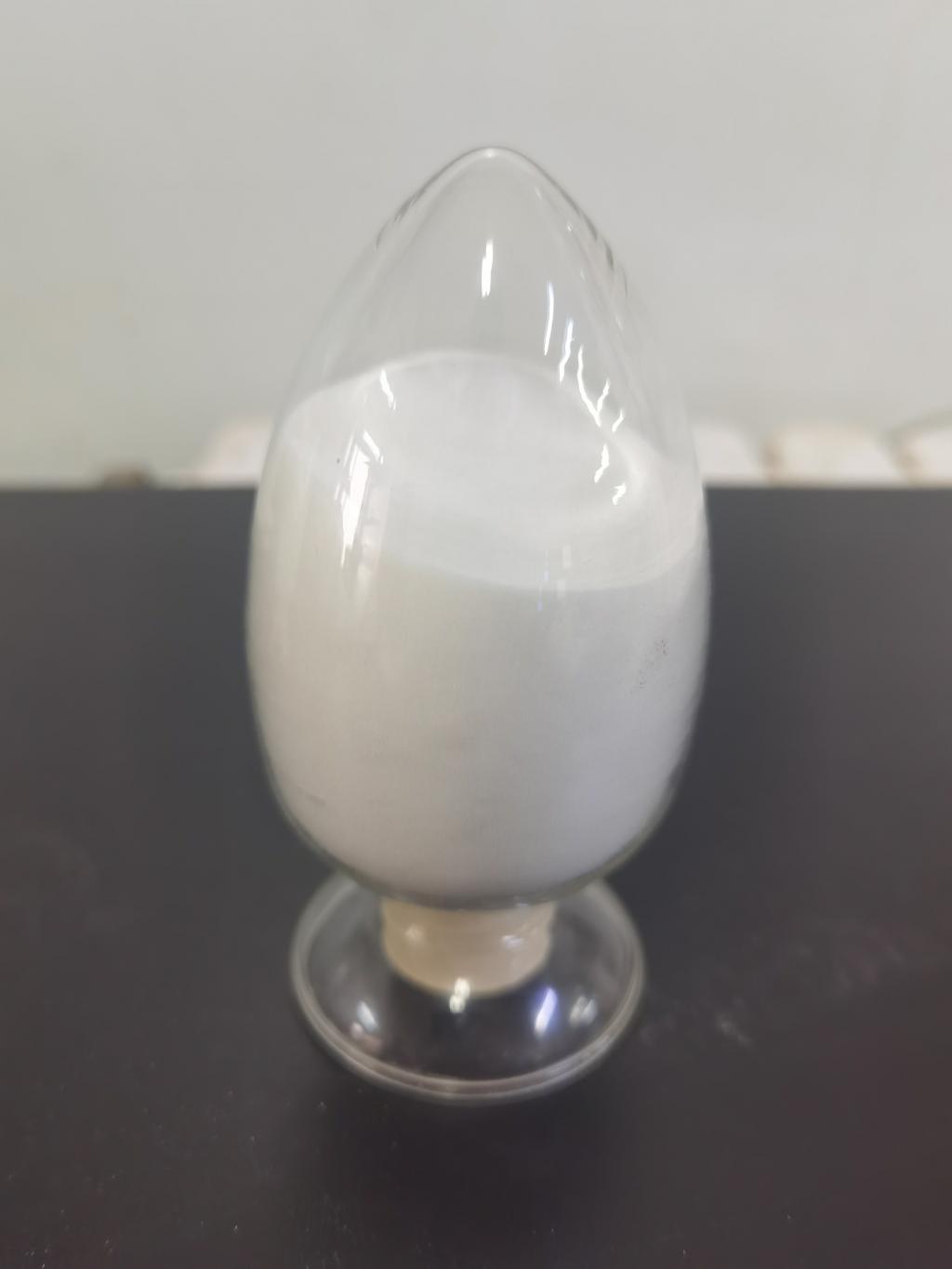Tel:+8618231198596

News
 CONTACT
CONTACT
 CONTACT
CONTACT
- Linkman:Linda Yao
- Tel: +8618231198596
- Email:linda.yao@dcpharma.cn
- Linkman:CHARLES.WANG
- Department:Overseas
- Tel: 0086 0311-85537378 0086 0311-85539701
News
Current Position:
Home >
News
>ε-Polylysine hydrochloride as a natural alternative to synthetic preservatives.
ε-Polylysine hydrochloride as a natural alternative to synthetic preservatives.
TIME:2024-05-14
Properties of ε-Polylysine Hydrochloride:
ε-Polylysine hydrochloride is a cationic polypeptide composed of lysine residues linked by peptide bonds. It is produced via the fermentation of bacteria, particularly Streptomyces albulus. This natural compound is known for its broad-spectrum antimicrobial activity, effectively inhibiting a wide range of bacteria, yeasts, and molds. Its solubility in water and stability across various pH levels and temperatures make it suitable for diverse food applications.
Mechanisms of Action:
The antimicrobial activity of ε-Polylysine hydrochloride is primarily due to its interaction with microbial cell membranes. As a cationic molecule, it binds to the negatively charged components of microbial cell membranes, causing disruption and increasing membrane permeability. This leads to leakage of cellular contents and eventual cell death. Additionally, ε-Polylysine hydrochloride can inhibit essential enzymes and interfere with microbial metabolic processes, further contributing to its antimicrobial efficacy.
Effectiveness as a Natural Preservative:
Several studies have demonstrated the effectiveness of ε-Polylysine hydrochloride as a natural preservative. Its ability to inhibit a broad spectrum of microorganisms, including both Gram-positive and Gram-negative bacteria, as well as yeasts and molds, makes it a versatile preservative. This wide-ranging antimicrobial activity is particularly advantageous for food products that are prone to spoilage by various types of microorganisms.
Applications in Food Products:
ε-Polylysine hydrochloride can be used in a variety of food products, including dairy, meat, bakery, beverages, and ready-to-eat meals. Its application in these products not only extends shelf life but also ensures food safety by reducing the risk of foodborne illnesses.
Dairy Products:
In dairy products such as cheese, yogurt, and milk, ε-Polylysine hydrochloride helps control the growth of spoilage organisms and pathogenic bacteria, thereby extending shelf life and maintaining product quality.
Meat and Poultry:
The use of ε-Polylysine hydrochloride in meat and poultry products inhibits the growth of spoilage bacteria and pathogens such as Listeria monocytogenes and Salmonella spp. This enhances the safety and extends the freshness of these products.
Bakery Products:
In bakery products, ε-Polylysine hydrochloride can prevent mold growth, a common issue that affects the shelf life of bread and other baked goods. Its application helps maintain the freshness and quality of bakery items.
Beverages:
ε-Polylysine hydrochloride is effective in controlling microbial growth in beverages, including fruit juices, soft drinks, and functional beverages. It helps prevent spoilage and ensures the safety of these products without affecting their sensory attributes.
Ready-to-Eat Meals:
Ready-to-eat meals, which are highly susceptible to microbial contamination, benefit significantly from the antimicrobial properties of ε-Polylysine hydrochloride. Its application ensures product safety and extends shelf life.
Advantages over Synthetic Preservatives:
ε-Polylysine hydrochloride offers several advantages over synthetic preservatives, making it an attractive option for food manufacturers.
Natural Origin:
As a naturally derived compound, ε-Polylysine hydrochloride aligns with the clean-label trend and meets consumer demand for natural ingredients. This enhances the marketability of food products containing ε-Polylysine hydrochloride.
Broad-Spectrum Antimicrobial Activity:
ε-Polylysine hydrochloride's ability to inhibit a wide range of microorganisms provides comprehensive protection against spoilage and pathogenic bacteria, yeasts, and molds.
Safety and Regulatory Approval:
ε-Polylysine hydrochloride is generally recognized as safe (GRAS) by regulatory authorities, including the US Food and Drug Administration (FDA) and the European Food Safety Authority (EFSA). Its safety profile is well-documented through extensive toxicological studies.
Stability:
ε-Polylysine hydrochloride is stable under various pH levels and temperatures, making it suitable for different food processing and storage conditions. This stability ensures its effectiveness throughout the shelf life of the product.
Minimal Impact on Sensory Attributes:
Unlike some synthetic preservatives that can alter the taste, odor, or texture of food products, ε-Polylysine hydrochloride has minimal impact on sensory attributes. This ensures that the quality and consumer acceptance of the food products are maintained.
Regulatory Considerations:
The use of ε-Polylysine hydrochloride in food products is subject to regulatory approval in various regions. In the United States, it is listed as GRAS and can be used in specified food categories within established limits. The European Union has also approved its use under specific conditions. Compliance with these regulatory guidelines ensures the safe and responsible use of ε-Polylysine hydrochloride in food preservation.
Challenges and Considerations:
Despite its numerous advantages, the use of ε-Polylysine hydrochloride as a preservative is not without challenges. One potential issue is the development of microbial resistance. While ε-Polylysine hydrochloride is effective against a broad spectrum of microorganisms, there is a need for continuous monitoring and research to mitigate the risk of resistance development. Additionally, the cost of production and formulation optimization may pose challenges for widespread adoption.
Future Perspectives:
The future of ε-Polylysine hydrochloride as a natural preservative is promising, with ongoing research and development aimed at enhancing its efficacy and application. Future studies may focus on exploring synergistic effects with other natural antimicrobials or preservation techniques to improve overall food safety and quality. Advances in fermentation technology and production methods could also reduce costs and increase the availability of ε-Polylysine hydrochloride for broader use in the food industry.
Conclusion:
ε-Polylysine hydrochloride represents a natural and effective alternative to synthetic preservatives, offering broad-spectrum antimicrobial activity, safety, and compatibility with various food products. Its ability to meet consumer demand for natural ingredients while ensuring food safety and extending shelf life makes it a valuable tool for food manufacturers. By addressing potential challenges and continuing to explore innovative applications, ε-Polylysine hydrochloride can play a significant role in the future of food preservation.
- Tel:+8618231198596
- Whatsapp:18231198596
- Chat With Skype







